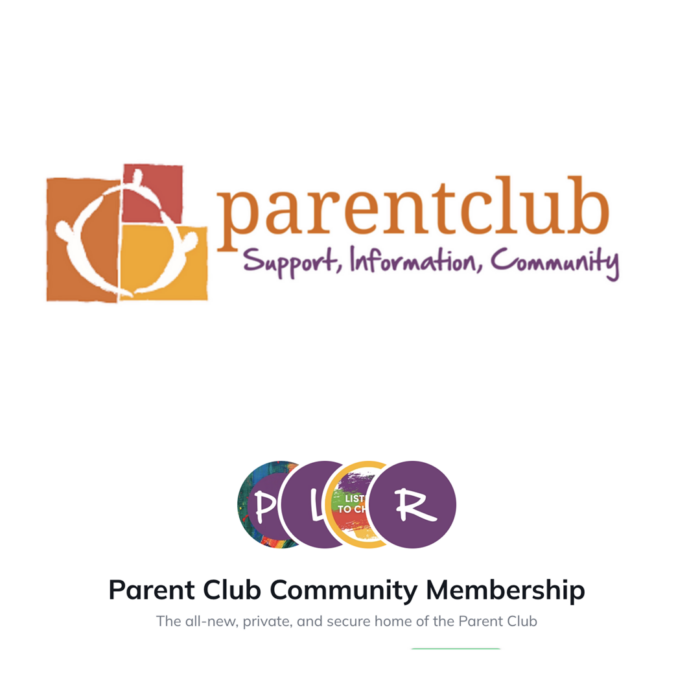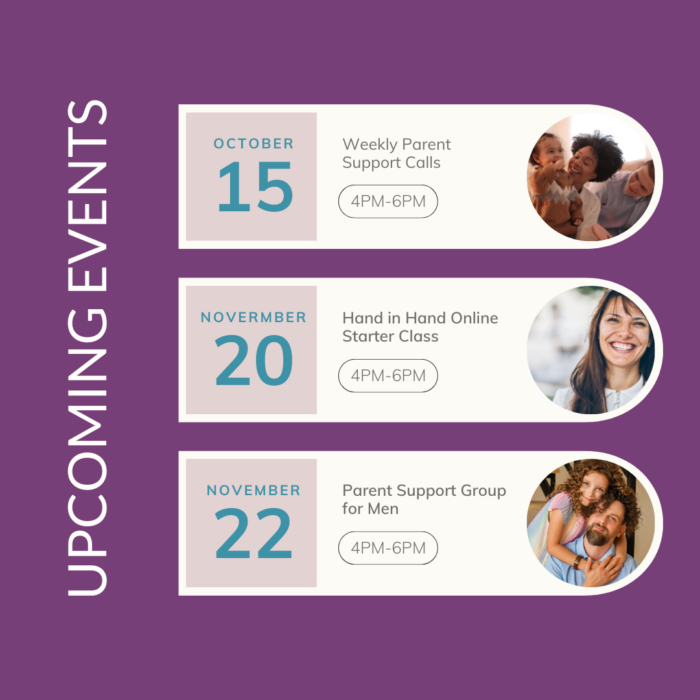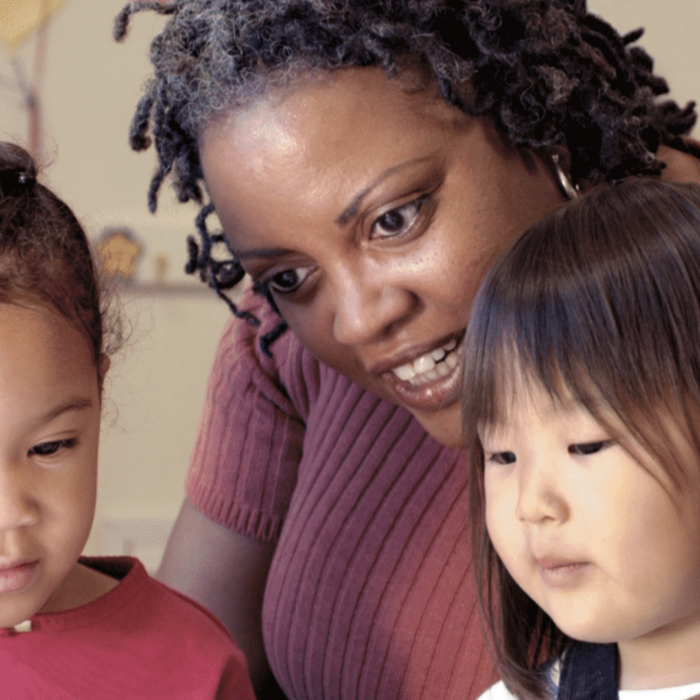The first time your baby bites you while breastfeeding is shocking. So it is when your cute two-year-old claws your nose and won’t let go. Or, when your sweet three-year-old bonks a toy on the head of a playmate.
Many first-time parents, or even experienced parents who didn’t meet this challenge with an earlier child, are taken aback by this behaviour.
Yet, aggression is common among toddlers – and actually to be expected as young children start to understand mixed emotions.
It can be hard handling this behavior calmly because it is often painful.
There might be bruises, scratches or blood! When your baby kicks you in the shin, pulls her sibling’s hair, or head-butts his nana’s face, it can really hurt. A perfectly natural reaction to physical pain is a flash of frustration or even anger – potentially sparking more aggression between you.
Under this surface-level frustration, all sorts of painful feelings might bubble up for us. Some emerge from our own childhood, some magnify horrible thoughts about the present and some project concern for the future.
Does my child lack empathy? Could it be that my family was actually right about corporal punishment? What if my child grows up and treats their spouse like that?
Then there’s other people’s pain. Physical aggression is easy to spot and is stigmatised in our society. Other people’s harsh reactions can ignite our own deep feelings of shame and of inadequacy.
This aggressive behaviour is emotional for us. And what we do with all these feelings and thoughts makes all the difference if we don’t want the behaviour to stick around.
Why is toddler aggression common?
In early childhood, learning to navigate complex situations like sharing attention, food and toys, makes conflict inevitable and emotionally intense. And conflicts can easily escalate to aggression.
Adults tend to confuse violence and aggression. We generally underestimate children’s physical ability and overestimate their cognitive abilities. And too often we expect children to act like adults.
But think about how life really feels between 12 and 36 months.
Everything around is too big, too heavy, too fast, too loud or too far to reach. Children this age still can’t quite believe that they are separate from their mother and the newfound autonomy must feel exhilarating at times!
Yet their bodies don’t quite respond to their commands. They often fall or get hurt and regularly poop and pee in their pants.
Often children this age can’t understand what is going on around them. They can still barely talk. They do, however, believe people can read their minds. So, imagine how frustrating it must feel when those adults never seem to listen!
It’s easy to imagine these thoughts running through a toddler’s mind:
- Why do these adults keep taking away my toys, my books, my favourite sparkly shoes?
- Why do they keep pushing yucky food into my mouth?
- Why did I just get shuffled across the room without consenting?
We forget that, as toddlers, we relied heavily on actions to let others know what we felt or needed. When we felt frustrated or distressed, we also probably hit, pushed, slapped, threw, kicked or bit someone to say; “Stop it!”
“You’re too close to me, get away!”
“That’s mine!”
As we’ll discover, how adults handled us in these moments can have repercussions on our own responses.
No toddler sets out to hurt or upset others.
Even when toddlers kick the dog or slap the newborn baby, they are still good children. They often just don’t yet have the skills to make wiser choices.
Toddlers don’t set out to hurt or upset others.They learn about themselves and the world by grabbing, dropping, swatting, mouthing, biting and seeing what happens as a result, exploring life through their little bodies.
There is a difference between this kind of vigorous exploration and actual aggression. However, when a child frequently lashes out or hurts other children it can signal that there is more going on than just attempts to discover the world.
Why are some toddlers more aggressive than others?
Aggressive acts commonly emerge when toddlers are overwhelmed by difficult situations or distressing feelings such as fear, sadness or anger.
Sometimes aggression seems to come out of nowhere, yet it always has a reason, even if we don’t understand it. However attentive and attuned a caregiver is, all children get frightened sometimes. Seemingly inconsequential events, like a sudden loud noise, darkness or an overly enthusiastic cuddle from a sibling can frighten a toddler.
Claire Lerner, a psychotherapist and child development specialist, points out that some other factors might make it more likely for a child to act aggressively.
Personality: During toddlerhood, protective automatic responses (including the fight-or-flight response) are easily triggered, especially in anxious, fearful and inflexible children. Impulsive, highly active and excitable children are more likely to struggle with inhibiting their spontaneous or dominant behavioural responses.
Level of development: A toddler’s brain is still forming and the speed of development and information processing varies between individuals. This is why children of the same age can display varying levels of cognitive ability, including attention, memory and verbal skills. Lagging skills may be an ongoing source of additional frustration for late bloomers.
Sensory needs: Physical stimuli including sounds and volume, smells, brightness and light, textures, pressure on the body, and proximity with other people are often more overwhelming and distressing to highly sensitive children, who also may not be able to describe the sensations and their feelings.
Life events: Prolonged stressful experiences can result in a hyper-vigilant nervous system. This could include situations such as foetal distress and extended separation from parents, abuse and neglect, exposure to adverse events early in life, from birth trauma to medical procedures, and scary experiences. Children who have experienced these, or similar, scenarios are less able to down-regulate and more prone to aggressive behaviour.
Children can adopt trauma responses to cope after they internalise fear. Some may repress their feelings and dissociate from their bodies. Others may try to repel the feelings by acting them out physically, which is where we see prolonged aggression.
If the intensity and frequency of the aggressive behaviour becomes so severe that it prevents a child’s ability to learn, explore and engage in healthy relationships at home or at childcare, seeking the help of a mental health professional is advisable.
But more often than not, a toddler’s aggressive acts start well within non-pathological parameters. By educating ourselves on how to handle aggression appropriately during these early years, we gift our children the ability they need to handle their feelings in a healthy and socially acceptable way throughout their life.
How do we stop aggression becoming a long-term issue?
The short answer is by getting comfortable with the uncomfortable.
It’s important to get as clear as you can in your mind and heart that a toddler’s aggressive acts are not:
- Intentional
- Personal
- A sign something is wrong with the child
- A sign you have done something wrong
This puts you in a good place to gently lead your child. As you read this post, you’ll hear about tools that can help you get to this space and that you can hold when your child turns to aggression.
Soft hands, soft voice and soft eyes with an aggressive toddler
Regulating ourselves is essential if we want to co-regulate with a child. When you see that your child is becoming aggressive, come to them with soft hands, a soft voice and soft eyes. This helps to reduce a child’s stress response and our own.
You’ll also be more present and in control of what you say and do next.
Extending this compassion to toddlers for feeling whatever they are feeling shifts their body chemistry, returning it to a state of safety and relaxation which, in turn, restores their capacity to understand and learn. With the overwhelm gone, they can make better choices.
If you want a formula, you might think of it as gently but confidently setting a limit and stopping the behavior + Staylistening.
To set limits like this, you limit the behavior by gently holding a hand that hits, and telling your child, “I won’t let you hit,” in the same warm tone you would say, “Let me help you.”
Then listen to the outrage or the upset that your toddler shares.
This strategy avoids any shame or blame towards a child, and gives plenty of opportunity for them to offload the feelings behind the behavior. Repeating this whenever your child turns to aggression will slowly but surely reduce it.
In other, calmer, moments you can help children make sense of themselves and others by telling the story of how their body took over for a moment, a practice that helps build awareness and empathy.
Staying supportive can feel counter-intuitive
When a child is acting in ways that aren’t kind or respectful, staying loving and supportive can feel totally counter-intuitive. Especially if we have been hurt in the moment or other adults around us are in full combat mode because their child just got hurt.
Compassion may not come naturally and often goes against everything we have ever been taught and what others expect from us.
The behavioural programming that most of us grew up with includes shaming, punishing, belittling or ignoring children’s uncomfortable emotions. And there is no shortage of people willing to remind us that aggressive behaviours require a hard hand, coercion and retribution.
Biologically, when we perceive a sensation or emotion as threatening, we tend to react instead of respond. On those occasions our body is designed to take over. And words and actions that we had sworn not to repeat, spring out of us without our approval.
But when we reject children’s behaviour, in words, acts, or even non-verbally, and when we react with hostility and harshness towards children’s aggression we effectively (albeit unknowingly) reject children in their most powerless and vulnerable moments.
Exactly what it takes to make aggressive behavior more likely to persist.
Why tolerate discomfort?
Sadly most of us have decades of repressed raging emotions accumulated in our bodies. And when we are in pain, one of our children gets hurt by a sibling or someone is angry at us because of our child’s outbursts, these repressed emotions bubble up and erupt.
- It makes sense that we get scared of distressing feelings, if others were scared by our distress in the past.
- It makes sense that we can’t tolerate our child’s aggression if we haven’t yet grieved for all the times in our life when we witnessed aggression.
- It makes sense that we can’t remain loving to an aggressive child, if we were taught to reject our own aggression growing up.
This is why we still react in ways we are not proud of, even when we don’t want to. Just like our toddlers though, the last thing we need and deserve in those hard moments is judgement. Judgement is one of the biggest blockages to change, and the shame that comes with it keeps us stuck.
What we actually need is understanding, compassion and support. Heaps of understanding and compassion for ourselves!
It was not our choice to grow up in a colonised culture based on domination and oppression. Still, the impact of centuries of devaluation of the body and the feelings keeps living in our present relationships.
That’s why we need to revisit our past. Not to change it. But to work through it and to be able to choose what happens to us and our children from now on. Hand in Hand’s Listening Partnerships tool is invaluable when you feel ready to do this work.
Finding and disarming the triggers activated by your personal upbringing and collective history is undeniably a challenging inner process. It requires us to locate and deal with tensions, painful memories and feelings. It takes guts.
But if we courageously work at accepting our own fear, rage and aggression, we can gradually integrate these feelings and extend them to our children. Through this inner healing work, we can build more and more capacity to be present with our toddlers’ painful feelings and accept when they act aggressively.
Our emotional capacity is what will ultimately help our children to build their tolerance for discomfort and allow them to develop coping skills more regulated than aggression.
How long will this work take?
It takes time and intention to develop the awareness and self-control needed to stop ourselves from acting on impulses. Learning how to be in charge of our own body, beliefs and the responses to our feelings is our responsibility as adults. And teaching our children how to do the same is our job as parents and carers.
Despite all of this, no matter how accurately and elegantly the “how to” is explained in theory, and how skilled you become at it, in practice dealing with toddler’s aggression can still often end up being a messy business.
If you are struggling with your child’s aggression, or your own reactions to it, please reach out. You are not alone. Help is available.
You may be reading this feeling like you have misunderstood your child’s aggression and responded to it wrongly. I did too. I was devastated that I may have “missed” a window with my toddler and left it too late to change anything.
But I want you to know that it is never too late. Children are masters of forgiveness, endowed with super-powers for learning and healing. Regardless of your current situation, never doubt that with your loving guidance, your child will gradually learn to manage their strong emotions and reactions. Maybe not as fast as you wished, but certainly over the next months and years.
While there may not be a foolproof solution to ending violence in the world, our best bet is an inside job. Disarming rage with acceptance and compassion, within us and our family, is the ultimate challenge. But every time that, against the odds, you manage to “stay soft” in the face of aggression, you will have planted a new seed for peacekeeping.
How to stop your toddler’s aggressive behavior
These suggestions can help shift a child’s aggressive behaviour
1 – Model healthy and desirable relationships
- Intentionally being – or becoming – a safe presence for a child, by grounding yourself in the understanding of how our brain and body can calm down.
- Consistently showing children how to express their distress with appropriate words and behaviours.
- Offering them acceptance, respect and trust.
- Genuinely caring about their needs while being aware of and assertive about ours.
2 – Stop the behaviour warmly and firmly
- Getting close to your child, physically and emotionally. Noting situations where they are more likely to turn to aggression. Get to know their pain points, those fragile parts that they armour with aggression from time to time.
- Staying close so that you can proactively set physical limits on aggression and keep everybody safe.
- Welcoming your child’s tears as they release the stressful feelings that keep them reactive.
- Inviting them to unpack tensions through laughter and play.
3 – Offer a safe space to process fear, offload and heal
- Listening to the hurt feelings, safely allowing the raging and upset that had caused the aggressive behaviour in the first place.
- Being genuinely curious to understand how it feels for them, both physically and emotionally.
- Building support for yourself in Listening Partnerships to identify your triggers, work through them and build your emotional capacity.
- Trusting that your loving presence is all your child needs to succeed in going though this complex inner process of integration and learning.
Coming soon! Refresh your Hand in Hand Parenting Skills
What if you had the tools and support you need to parent from that place in your heart that feels warm and good… in Refresh.
Our new step-by-step program guides you through each of the Hand in Hand Parenting tools so what to say and do to connect with your child is always fresh in your mind.
Launching April 27th as our Spring Fundraiser. Stay tuned for details.




